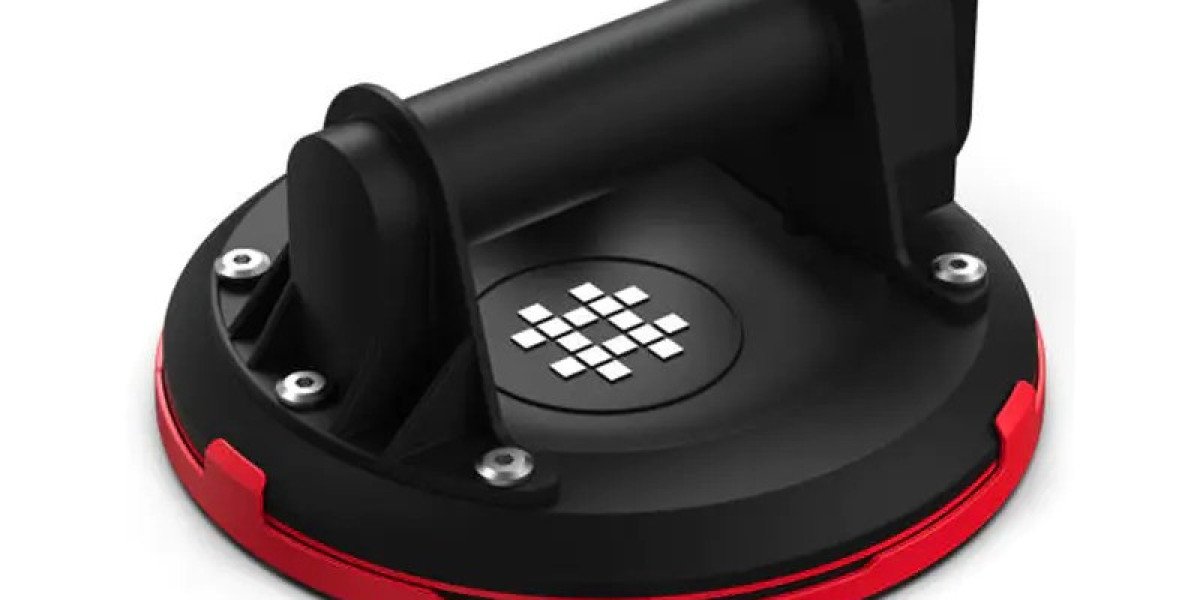1. Daily Cleaning: A Simple Habit with Big Benefits
Dust, debris, and oil can seriously impact the performance of a Heavy Duty Vacuum Suction Cup. After every use, it’s important to clean both the suction pad and the contact surface to ensure a strong, airtight seal. Use a soft cloth with mild soap and water to remove dirt and grime from the cup. Avoid abrasive cleaners or solvents, as they can degrade the rubber or silicone materials.
If the Heavy Duty Vacuum Suction Cup has been used in oily environments, a degreasing agent may be necessary—just be sure it’s compatible with the cup’s material. Once cleaned, allow the cup to air dry completely before storage or reuse.
2. Seal and Gasket Inspection: Where Failures Often Begin
One of the most critical components of any Heavy Duty Vacuum Suction Cup is the sealing edge or gasket. This area forms the vacuum seal and bears the load during lifting. Over time, exposure to sharp edges, heat, chemicals, or UV radiation can cause wear, cracking, or hardening.
Inspect the gasket regularly for:
Cracks or cuts
Deformation or warping
Hard spots or loss of flexibility
Embedded debris
If any of these signs appear, the Heavy Duty Vacuum Suction Cup may no longer form a reliable seal and should be serviced or replaced. Some models offer replaceable gaskets, making it easy to restore full functionality without replacing the entire unit.
3. Suction Pad Replacement: Know When It’s Time
The suction pad is the part of the Heavy Duty Vacuum Suction Cup that makes direct contact with the workpiece. After extended use, this pad can flatten, lose grip, or become damaged. Regular users should monitor for signs such as slippage during lifting, inconsistent suction, or surface markings on delicate materials.






